That said, Awk Phansa marks the end of the Buddhist lent, which originates from Buddhism period called Vassa.
The Vassa is the three-month annual retreat observed by Theravada practitioners. Taking place during the wet season, Vassa lasts for three lunar months, usually from July (the Burmese month of Waso) to October (the Burmese month of Thadingyut).
In English, Vassa is often glossed as Rains Retreat or Buddhist Lent, the latter by analogy to the Christian Lent (which Vassa predates by at least five centuries).
For the duration of Vassa, monastics remain in one place, typically a monastery or temple grounds. In some monasteries, monks dedicate the Vassa to intensive meditation. Some Buddhist lay people choose to observe Vassa by adopting more ascetic practices, such as giving up meat, alcohol, or smoking. While Vassa is sometimes casually called "Buddhist Lent", others object to this terminology. Commonly, the number of years a monk has spent in monastic life is expressed by counting the number of vassas (or rains) since ordination.
Most Mahayana Buddhists do not observe Vassa, though Vietnamese Thiền and Korean Seon monastics observe an equivalent retreat of three months of intensive practice in one location, a practice also observed in Tibetan Buddhism.
Vassa begins on the first day of the waning moon of the eighth lunar month, which is the day after Asalha Puja or Asalha Uposatha ("Dhamma day"). It ends on Pavarana, when all monastics come before the sangha and atone for any offense that might have been committed during Vassa.
Vassa is followed by Kathina, a festival in which the laity expresses gratitude to monks. Lay Buddhists bring donations to temples, especially new robes for the monks.
The Vassa tradition predates the time of Gautama Buddha. It was a long-standing custom for mendicant ascetics in India not to travel during the rainy season as they may unintentionally harm crops, insects or even themselves during their travels. Many Buddhist ascetics live in regions which lack a rainy season. Consequently, there are places where Vassa may not be typically observed.
Here is more detail about Buddhist Lent
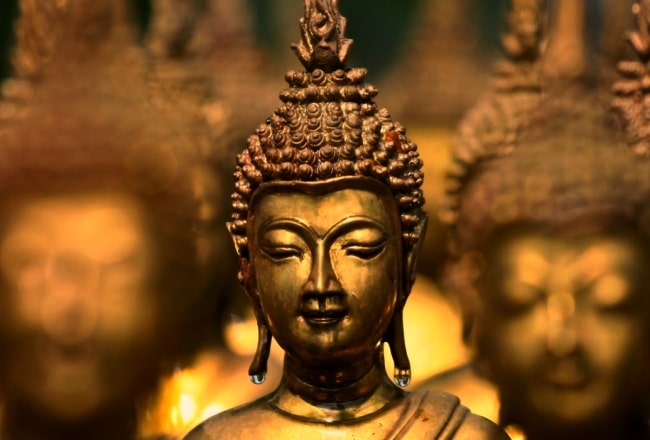
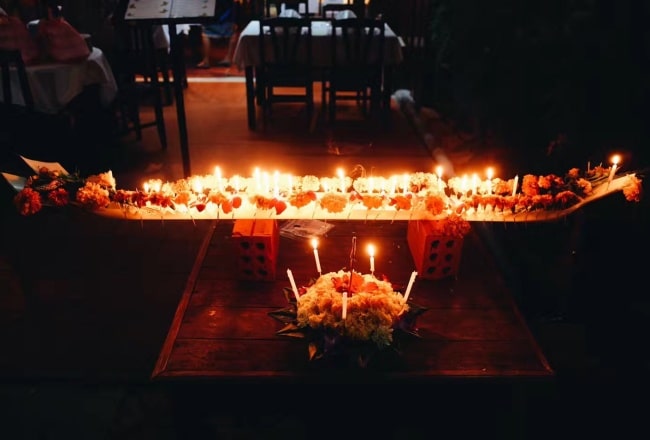


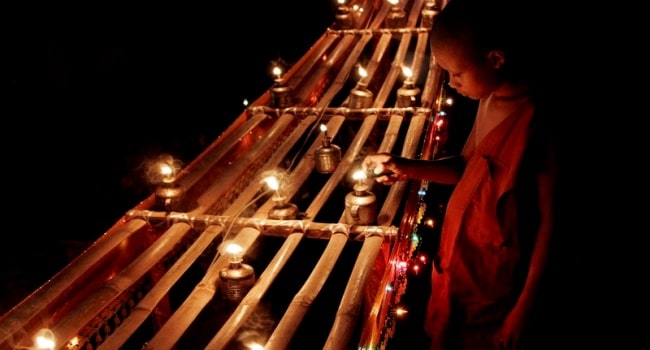

 16/04/2024
16/04/2024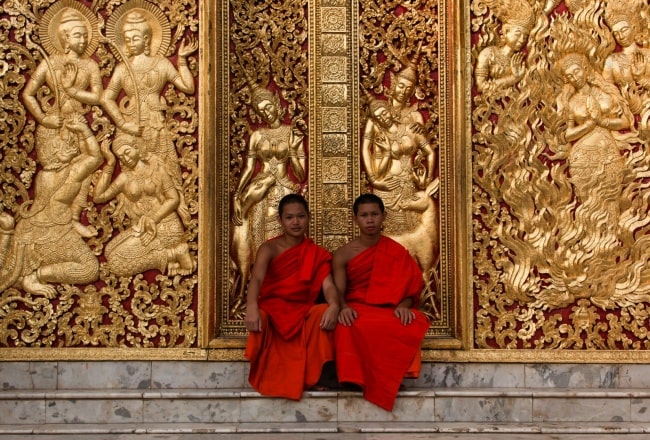

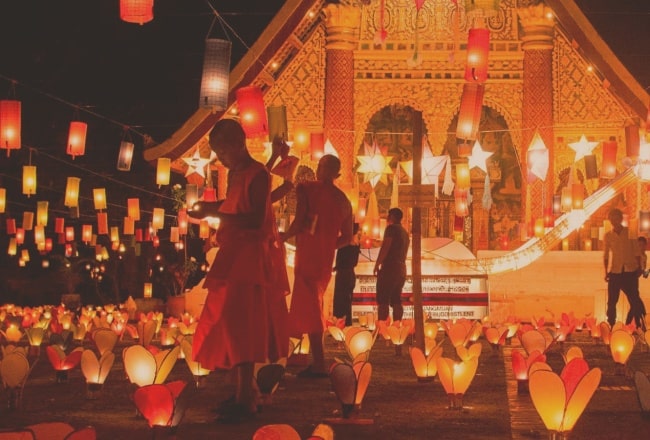
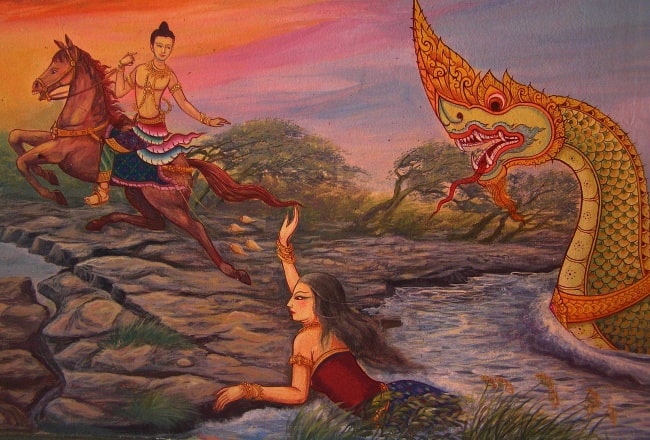
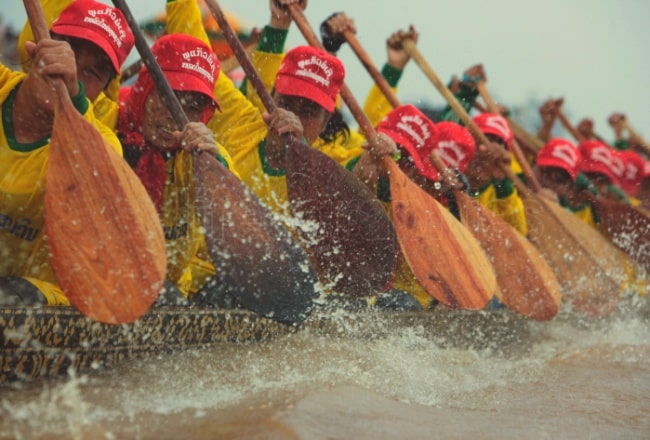

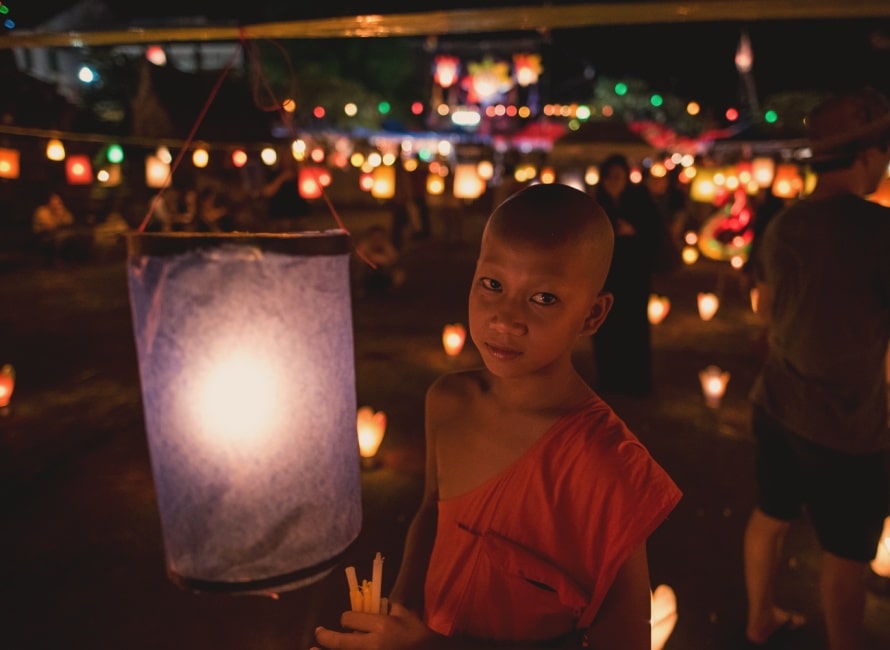
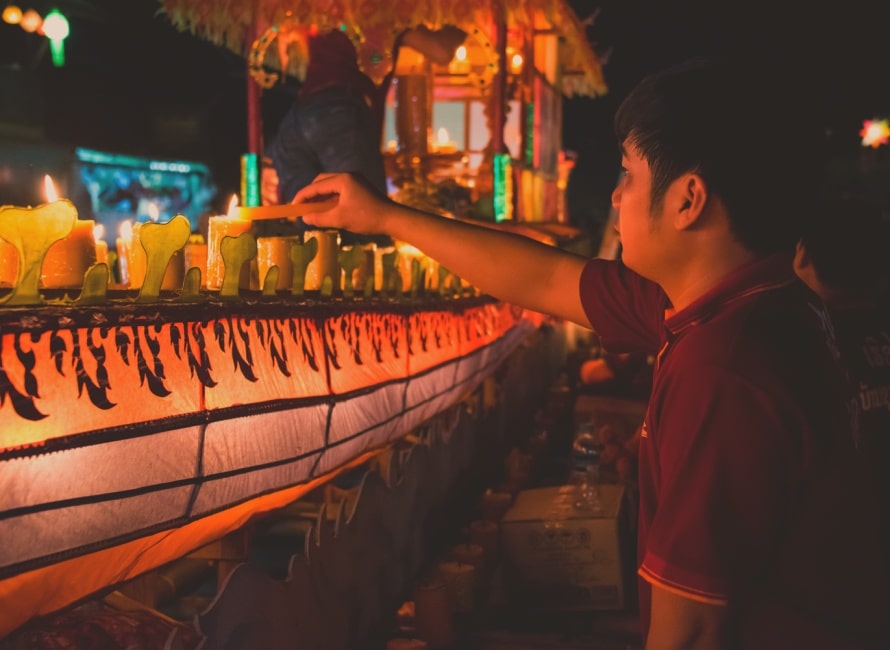
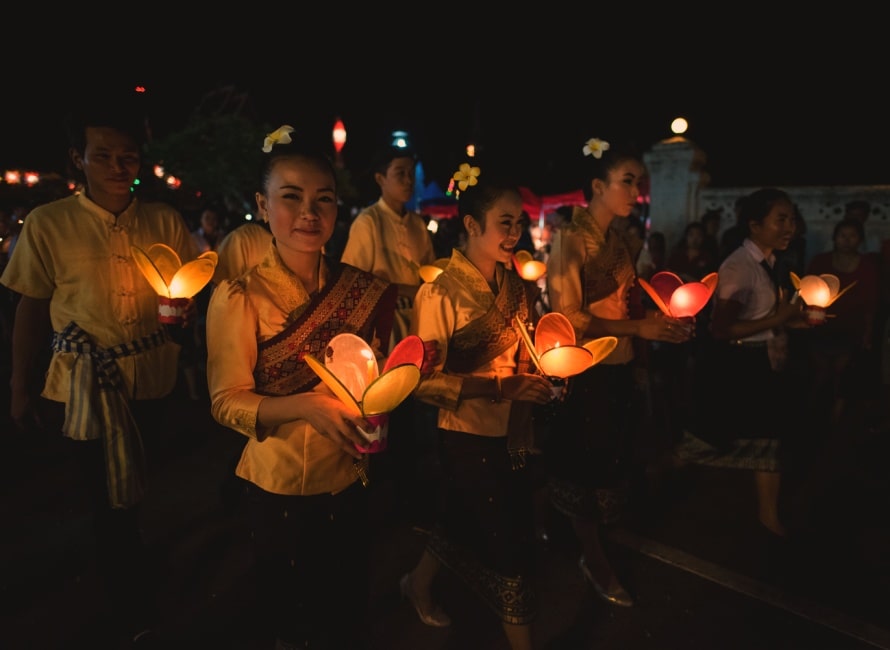
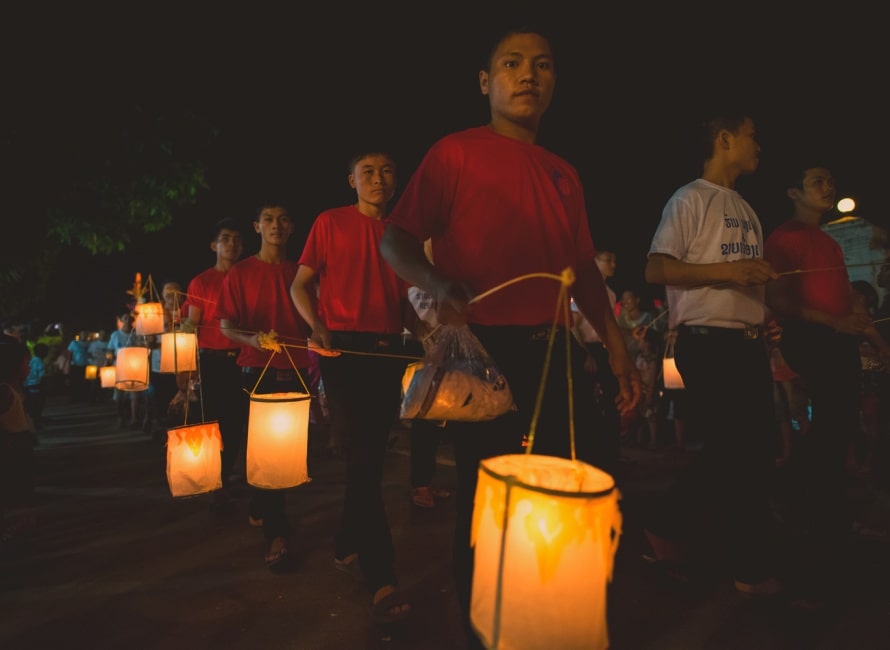
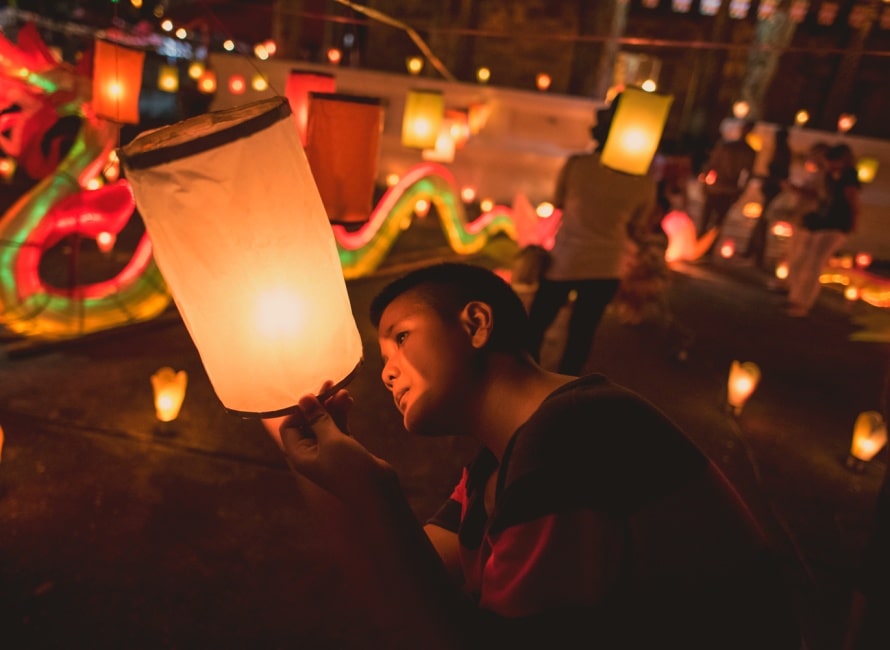
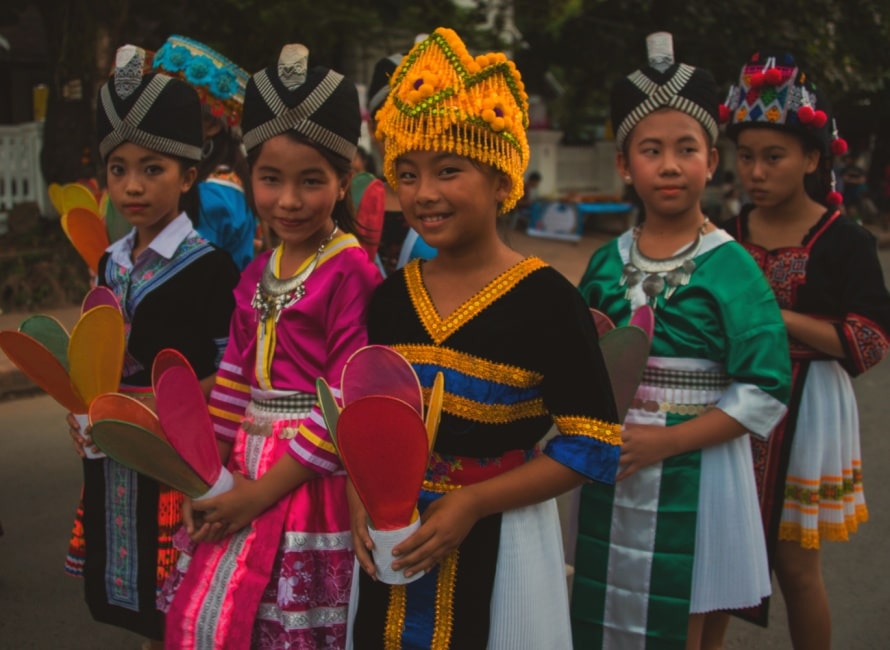
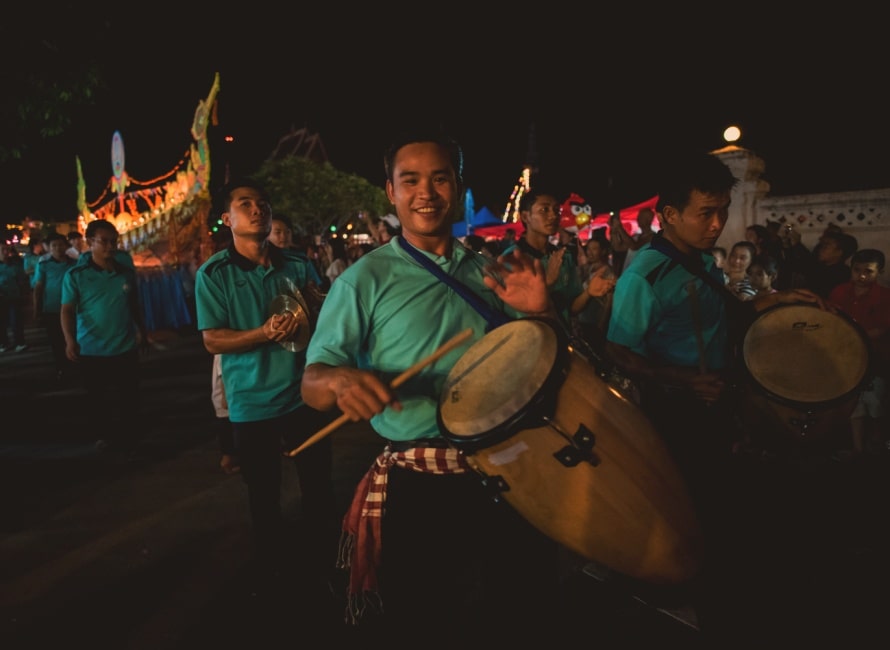
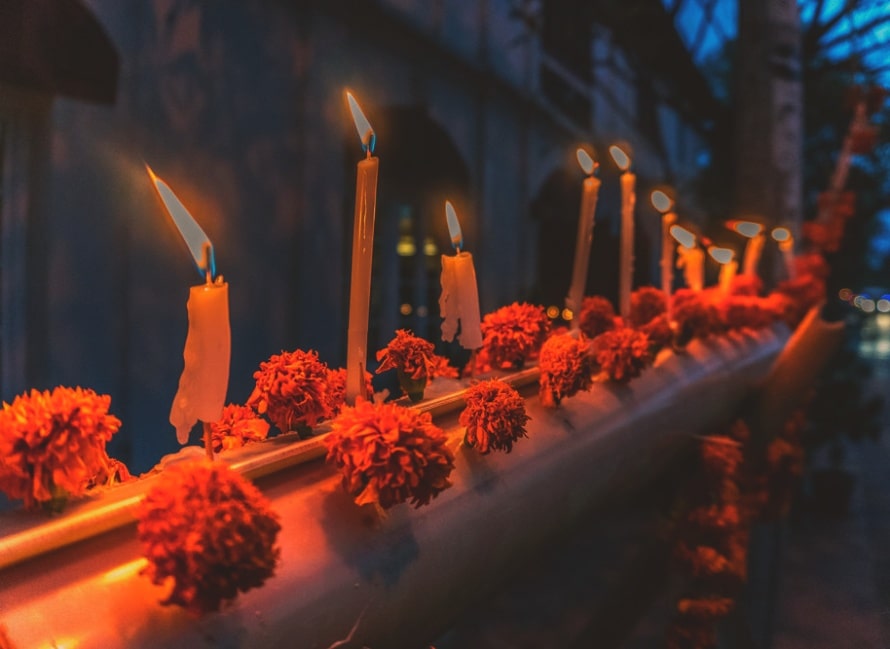
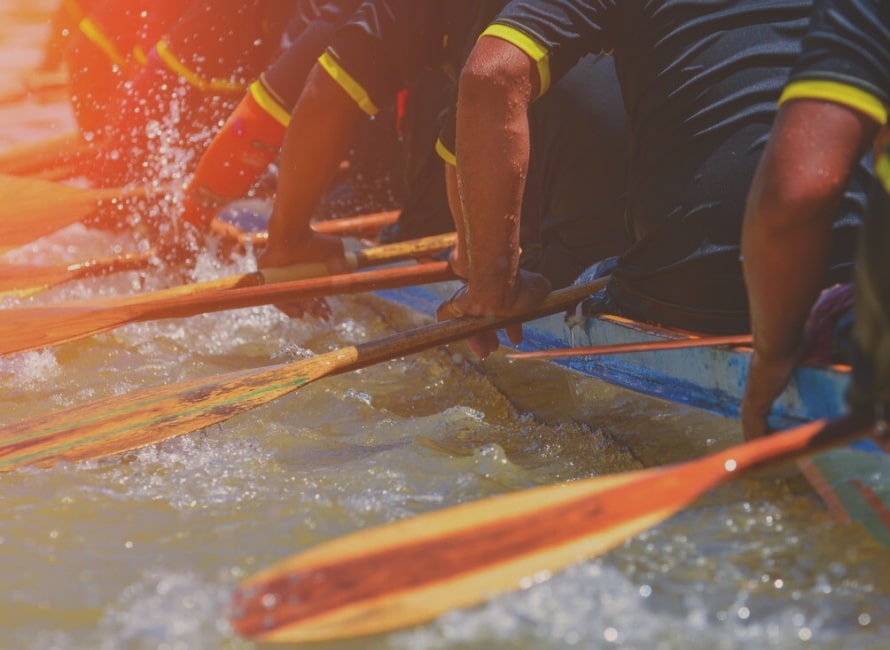

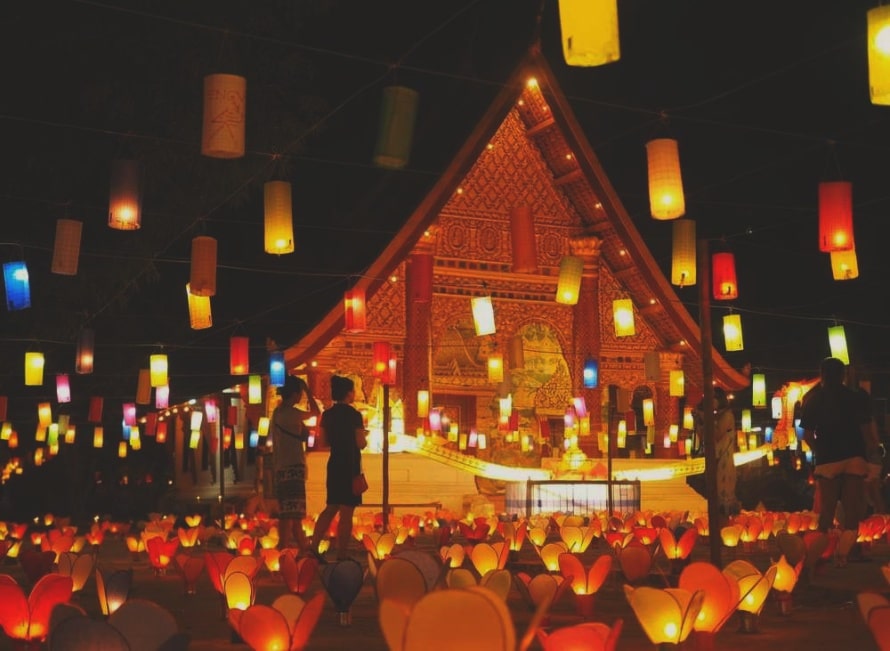



















Jolie LIEMMy name is Jolie, I am a Vietnamese girl growing up in the countryside of Hai Duong, northern Vietnam. Since a little girl, I was always dreaming of exploring the far-away lands, the unseen beauty spots of the world. My dream has been growing bigger and bigger day after day, and I do not miss a chance to make it real. After graduating from the univesity of language in Hanoi, I started the exploration with a travel agency and learning more about travel, especially responsible travel. I love experiencing the different cultures of the different lands and sharing my dream with the whole world. Hope that you love it too!